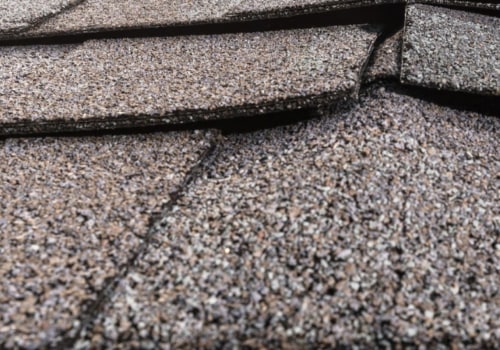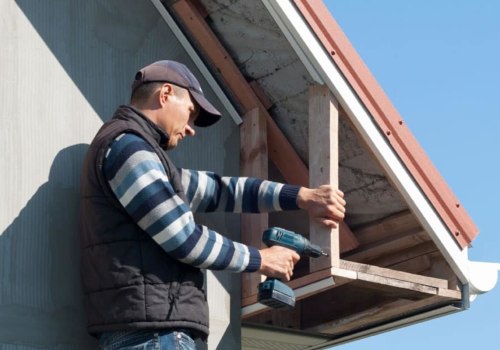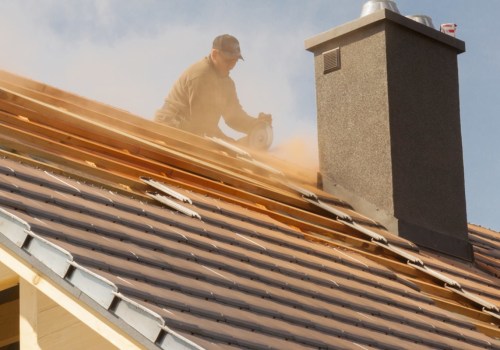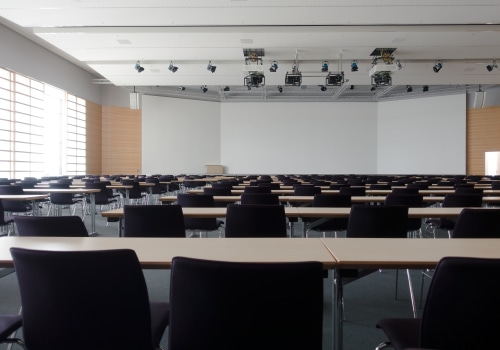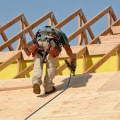Replacing half of a shingle roof is a viable option under certain circumstances, though it comes with several considerations and potential complications. Homeowners might contemplate partial roof replacement to address specific damage, reduce costs, or manage time constraints. However, it’s crucial to understand both the benefits and drawbacks before proceeding. Consulting a reputable contractor like J&J Roofing & Construction can provide valuable insights and ensure the work is done correctly.
One of the main reasons homeowners consider replacing only half of a shingle roof is to address localized damage. For instance, if a section of the roof has been damaged by a storm, falling debris, or other isolated incidents, replacing just the affected area can seem like a cost-effective solution. This approach allows homeowners to avoid the expense of replacing the entire roof when only a portion of it is compromised. It also saves time and minimizes disruption, as the work required is less extensive than a full roof replacement.
However, one significant challenge with partial roof replacement is matching the new shingles with the existing ones. Over time, shingles weather and fade due to exposure to sunlight, rain, and other elements. Even if the same brand, color, and style of shingles are used, the new section can still stand out against the older, weathered shingles. This discrepancy can affect the overall aesthetic appeal of the roof and the home's curb appeal. Additionally, if the original shingles are no longer available, finding a close match can be even more challenging.
Another consideration is the potential for underlying issues that may not be immediately visible. Damage to one part of the roof can sometimes be indicative of broader structural problems. For example, water damage in one area might have already compromised the integrity of the roof deck or caused mold and mildew growth in other sections. By only replacing half of the roof, there’s a risk of overlooking these underlying issues, which could lead to more significant problems and expenses down the line.
The condition of the remaining shingles is another critical factor. If the existing shingles are nearing the end of their lifespan, it might be more cost-effective and practical to replace the entire roof. Shingle roofs typically last 20 to 30 years, depending on the material and environmental conditions. Replacing only half the roof when the other half will likely need replacement soon can result in higher cumulative costs and repeated disruptions.
From a warranty perspective, partial roof replacement can also complicate matters. Roofing manufacturers often provide warranties based on complete roof installations. By replacing only part of the roof, homeowners may void or reduce the coverage of their warranty. It’s essential to review the warranty terms and consult with the manufacturer or a professional roofing contractor to understand the implications.
The quality of workmanship is paramount in any roofing project, but it becomes even more critical with partial replacements. Properly integrating the new shingles with the old ones requires skill and precision to ensure a seamless transition and prevent leaks. A professional roofing company like J&J Roofing & Construction has the expertise to handle such tasks, ensuring that the new section of the roof is installed correctly and that the transition between old and new shingles is as smooth and watertight as possible.
Another consideration is the structural impact. Roofs are designed to function as a complete system, with each part contributing to the overall performance and durability. By replacing only a portion, there is a risk of disrupting this balance, particularly if the partial replacement is not done with meticulous care and attention to detail. Ensuring that the new section integrates well with the existing structure is crucial for maintaining the roof's integrity and functionality.
